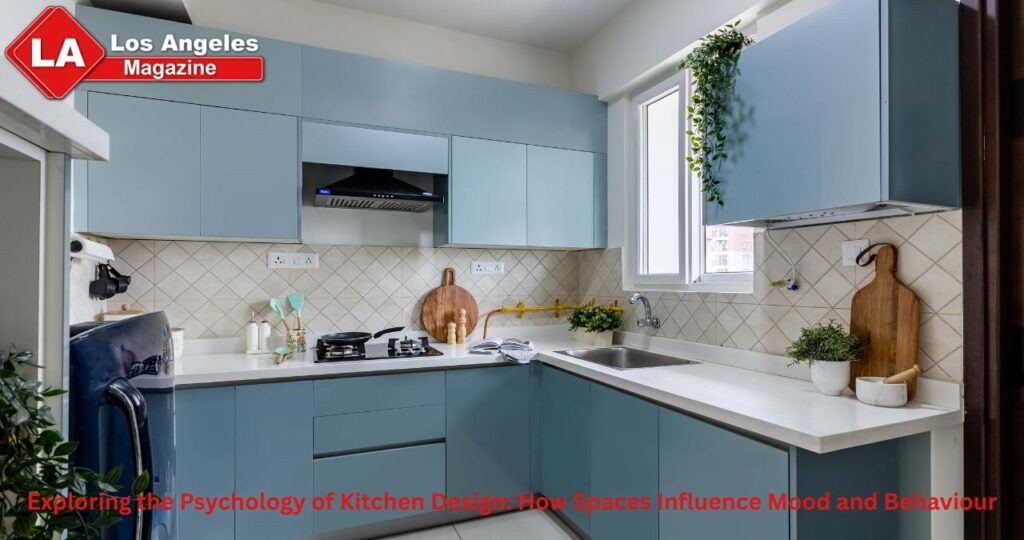The kitchen is far more than a space for preparing food. It is often the heart of the home, where people gather, talk, relax, and feel a sense of connection. The layout, lighting, colours, and organisation of this space can all influence how we feel and behave. A cluttered countertop may create tension, while a welcoming breakfast area can promote comfort and conversation.
Thoughtful design can help to reduce stress, lift mood, and even affect our daily habits. For example, a calm colour scheme paired with soft lighting may encourage relaxation, while clear organisation can give a sense of control. Understanding how design choices impact our mindset allows us to create kitchens that support both practical living and emotional wellbeing.
The Connection Between Personalisation and Comfort
One of the most effective ways to create a positive atmosphere is by tailoring the kitchen to your personal preferences and lifestyle. A space that suits your daily routine and reflects your taste can bring a greater sense of comfort and satisfaction. It could be as simple as placing your most-used items within easy reach or introducing design features that reflect your personality.
This is where bespoke kitchens in Shrewsbury stand out. A personalised design approach allows for careful attention to layout, lighting, finishes, and functionality. These tailored choices create spaces that feel natural to use and enjoyable to be in, helping to support better mood and behaviour through design that genuinely fits the user.
Colour Psychology and Mood Setting
Colour has a significant influence on how we feel in a space. Soft blues and greens are often associated with calm and clarity, helping to reduce anxiety and promote relaxation. Warm tones such as clay, ochre or honey can create a more sociable and comforting environment. Even shades of grey or cream can set a tone of simplicity and focus.
It is not just about the walls. Cabinetry, worktops, flooring, and tiling all contribute to the colour experience of a kitchen. Choosing the right palette depends on the kind of atmosphere you want to create, whether it is a lively space for entertaining or a peaceful retreat. The colours we live with daily can shape our mindset in quiet but powerful ways.
Layout, Light and Flow
The structure of a kitchen can impact how easy it is to use and how comfortable it feels. A layout that flows well makes everyday tasks more manageable and allows for smoother movement between different areas. Whether you are cooking, cleaning, or chatting with family, good flow reduces friction and supports a more pleasant experience.
Natural light is another major factor. Spaces filled with daylight tend to feel brighter, fresher, and more welcoming. Where natural light is limited, a well-planned mix of ambient and task lighting can help maintain a calm, usable environment. The combination of layout and lighting contributes directly to how people behave and feel in the space, from boosting energy to encouraging relaxation.
Sensory Details That Influence Experience
Materials and textures offer another layer of emotional influence. Wood, stone, ceramic, and metal all create different tactile sensations, which can shape how a space feels to interact with. Smooth surfaces may suggest modernity and cleanliness, while natural textures often feel warm and inviting.
Even sound and scent can affect our experience of the kitchen. Quiet drawer runners, thoughtful acoustics, and well-placed ventilation can all contribute to a calmer, more enjoyable environment. When each sensory detail is considered, the kitchen becomes a space that supports more than just cooking — it becomes an extension of how we want to live and feel.



